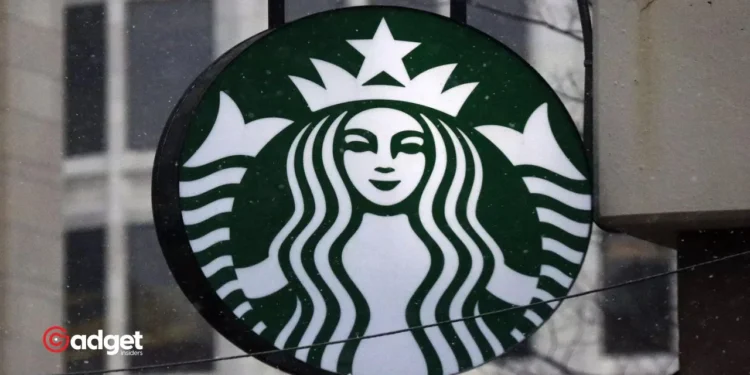In recent times, visiting a Starbucks outlet has become a test of patience for many coffee lovers. Reports are surfacing of customers enduring waits as long as 40 minutes for their caffeine fixes. This surge in waiting times is linked directly to significant staffing reductions across the company’s locations.
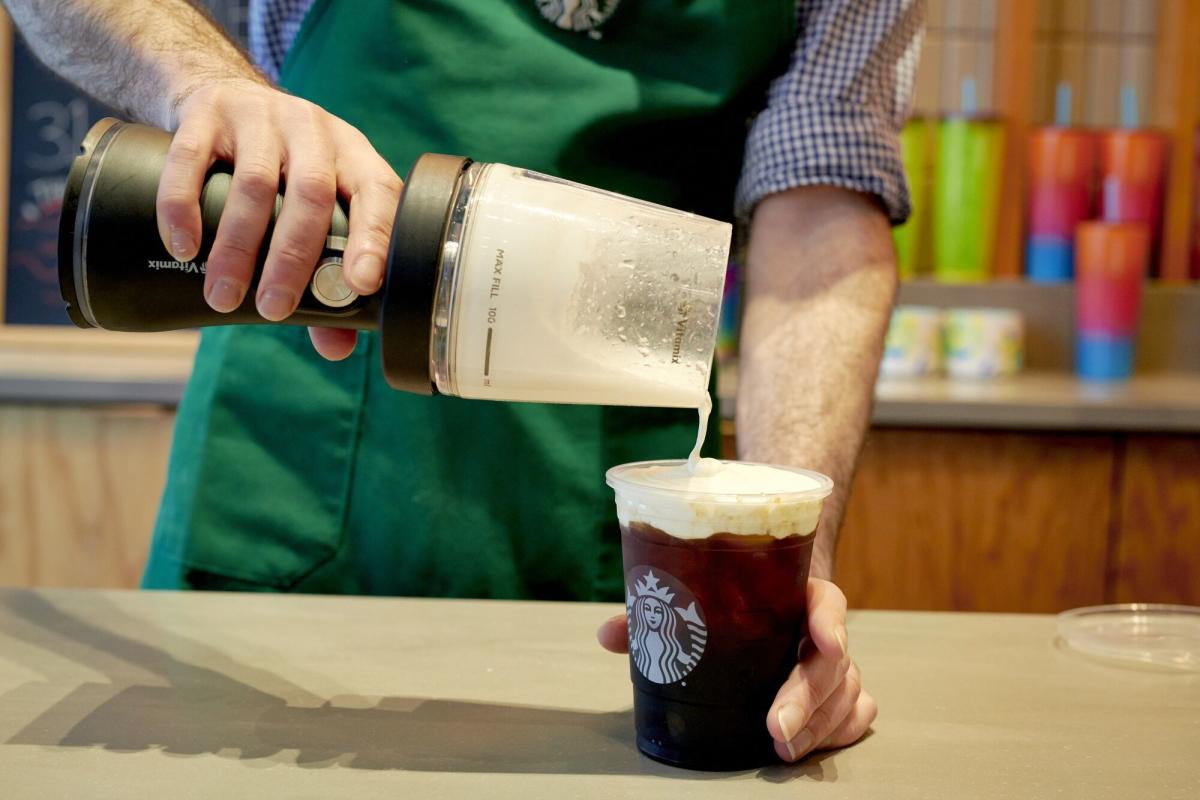
A Nationwide Issue
According to data from market research firm Technomic, Starbucks patrons are now waiting considerably longer than those at competing chains like Dunkin’ and Caribou Coffee. This increase is a stark contrast to the pre-pandemic efficiency that the coffee giant was known for. In a startling revelation from the last quarter, about 8% of Starbucks customers reported waiting times ranging from 15 to 30 minutes.
These delays have coincided with a strategic expansion by Starbucks, which saw the opening of 380 new stores across the U.S. within the past year, as per Securities and Exchange Commission filings. However, this growth comes at a cost—approximately 29,000 in-store positions were cut during the same period.
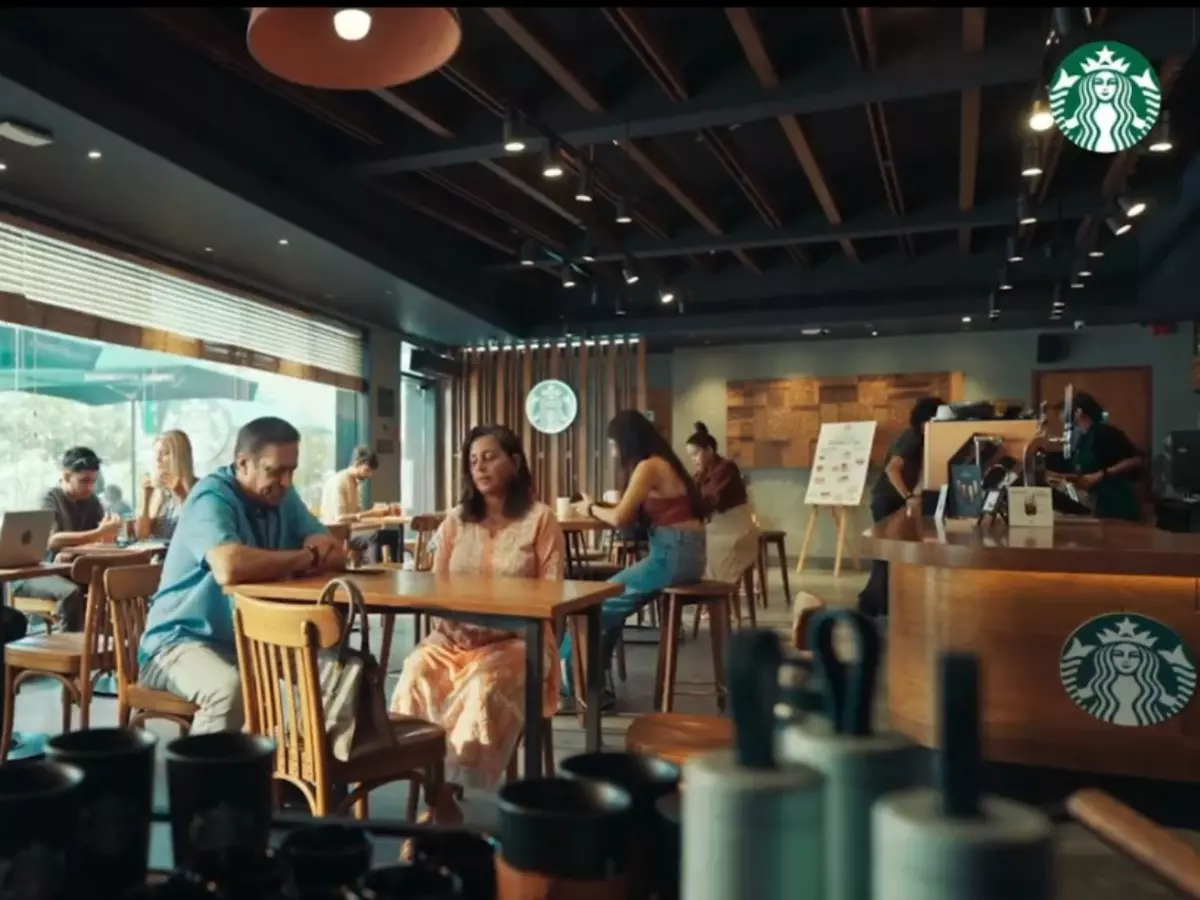
Staff and Customers Bear the Brunt
The situation at the Shelton, Connecticut, location paints a clear picture of the ongoing issues. Chris Mills, a customer, recounted to Bloomberg News his ordeal of waiting 40 minutes on Mother’s Day to pick up a latte for his wife. “Nobody involved, in my observation, including me, the other customers, and even the staff seemed to be happy,” Mills expressed.
Starbucks employees have voiced concerns that the company’s new policy, which requires baristas to commit to a minimum of 12 hours per week, is not sufficient to cover the operational needs at many stores, leading to increased pressure on the existing staff.
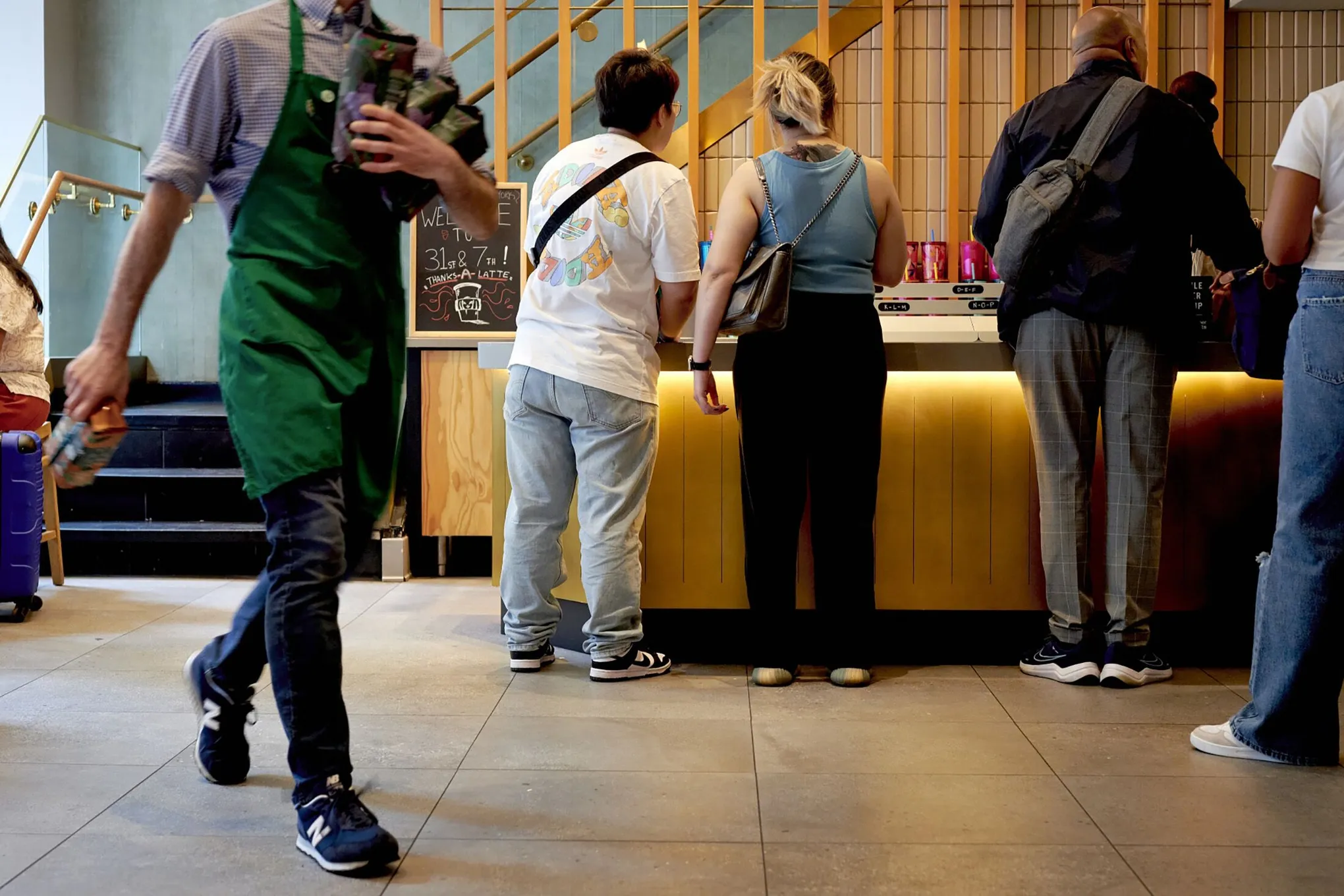
Technological Solutions Falling Short?
In response to the staffing criticisms, Frank Britt, Starbucks’ Chief Reinvention Officer, explained the implementation of a new algorithm designed to optimize labor allocation based on order forecasts and product availability. Despite this, staff members have noted that the system struggles to accommodate the real-time complexities of the job, such as handling special requests and promotions.
Britt acknowledged the issue at the Shelton store as “unacceptable,” affirming, “That’s on Starbucks. We should be better.”
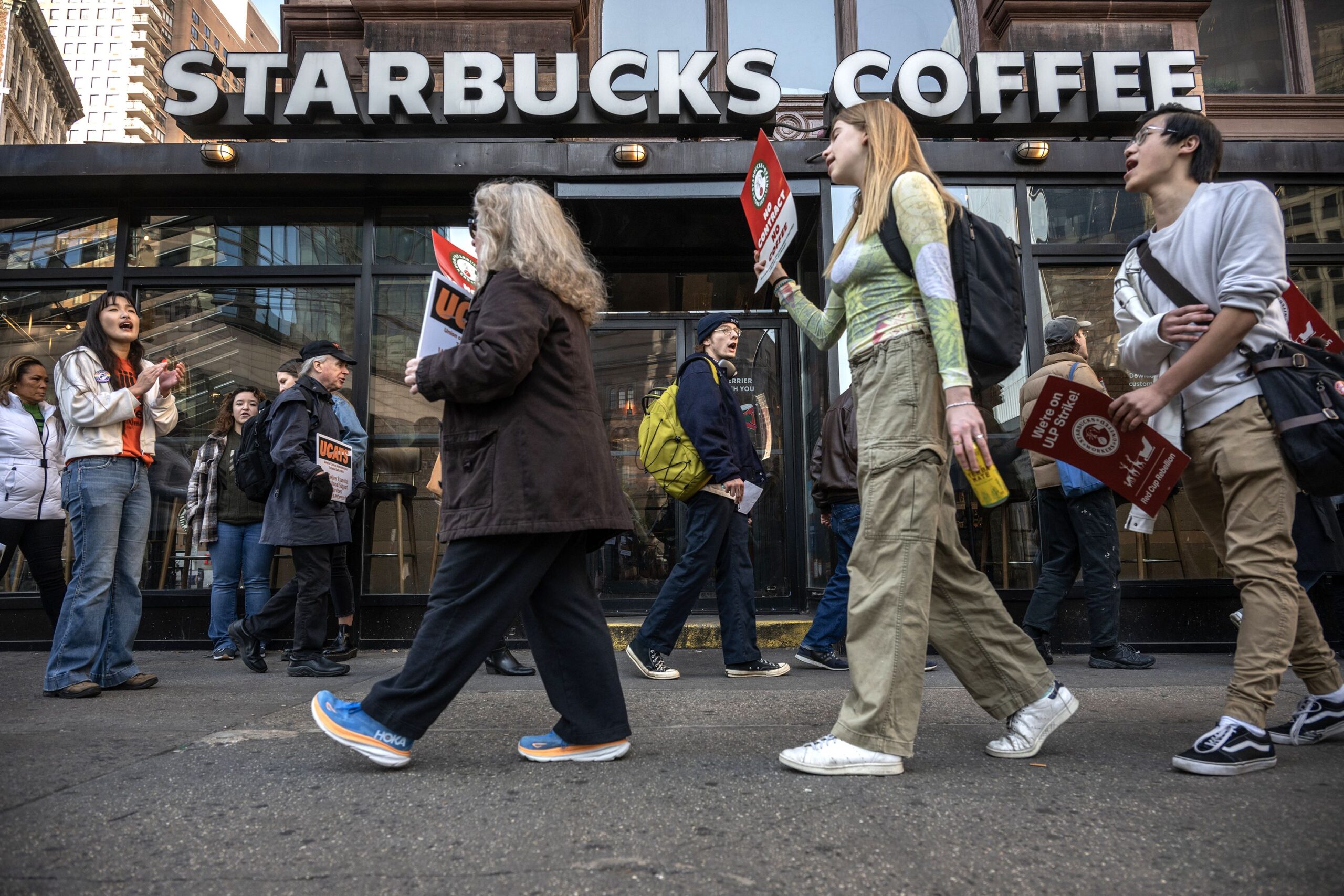
Corporate Initiatives and Economic Challenges
As part of its strategy to enhance operations, The company has developed what it describes as “staffing precision” technology. This system aims to better predict staffing needs by analyzing historical and current trends. Moreover, former CEO Howard Schultz has advocated for an overhaul of the company’s U.S. operations to place a greater emphasis on customer service.
However, the recent financial reports have not been favorable. Starbucks faced a notable 16% drop in its stock price following disappointing quarterly earnings, further compounded by economic pressures from high inflation in the U.S. and market challenges in China.
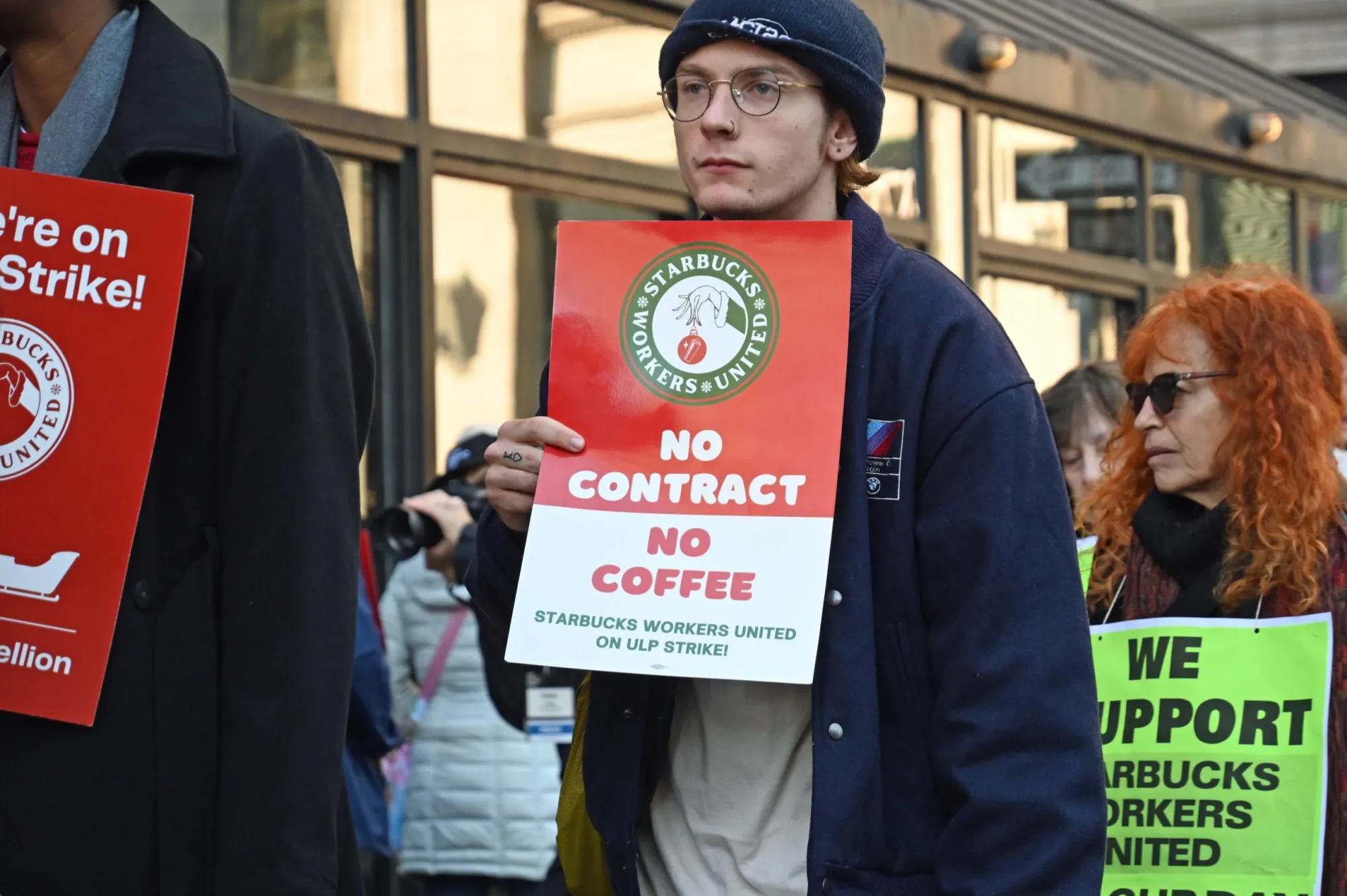
Navigating Starbucks’ Customer Experience Challenges
With customer dissatisfaction on the rise and economic headwinds persisting, the road ahead for the company appears challenging. The company’s efforts to refine its operational model and improve customer experience will be crucial in regaining trust and ensuring that coffee enthusiasts can once again enjoy their favorite beverages without undue delay.
In summary, while Starbucks continues to expand its footprint, the need for a balanced approach to staffing and customer service has never been more evident. As the company navigates through these turbulent times, the effectiveness of its new strategies and the responsiveness to customer feedback will likely define its path forward in the competitive coffee industry.

